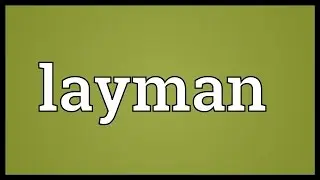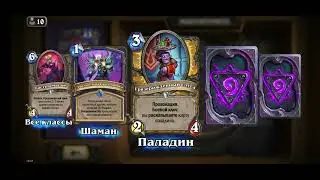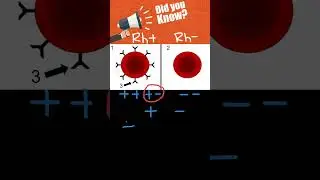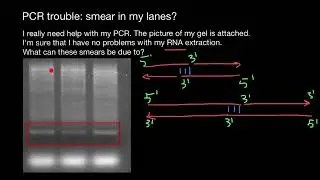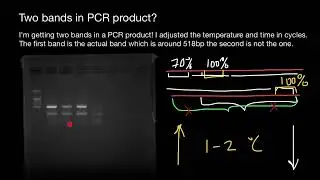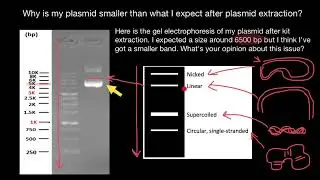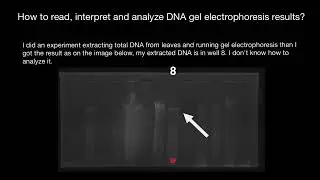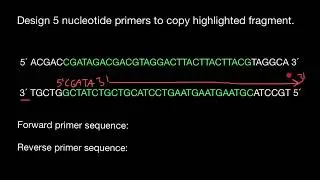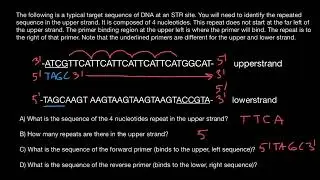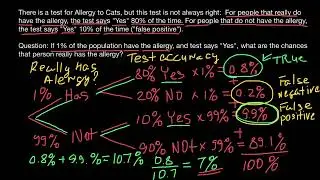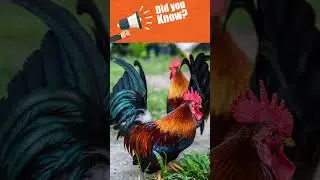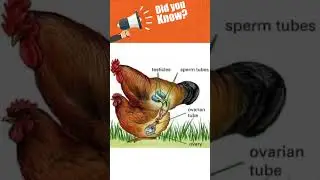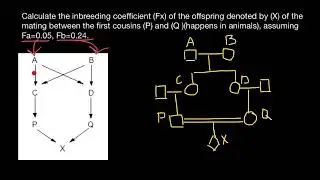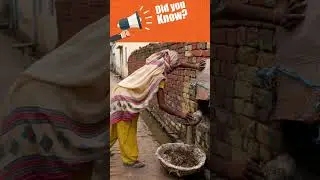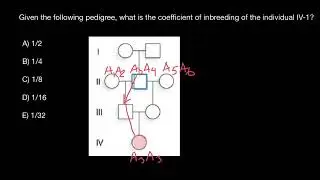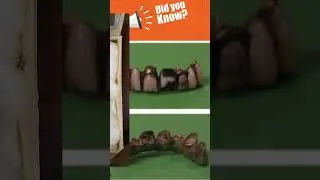How to interpret Plasmid DNA Gel Electrophoresis results
Agarose gel electrophoresis is a molecular biology method to analyze and separate DNA fragments based on their size. When you use gel electrophoresis to help you with molecular cloning, you may run into a common problem.
For an example, you are ready to excise your digested plasmid DNA from agarose. However, you see more than one band on your digested sample and you wonder which one to cut. In this article, we review the different forms of plasmid DNA and offer some useful tips to interpret your gel.
Agarose, produced from seaweed, is a polysaccharide agar. During polymerization, agarose polymers link non-covalently and form a network of bundles. This network consists of pores with molecular filtering properties.
DNA separation occurs due to the mesh-like nature of the agarose gel. Smaller DNA fragments can move quickly through the pores, while larger fragments get caught and therefore travel slowly.
Let’s look at how this all works. Under a powerful microscope, a gel will look porous, but to the naked eye, it looks like a smooth, opaque gelatin in the shape of a square with wells near one end of the surface. A well is a hollow pocket in the gel where the DNA is loaded. Because of the negatively charged phosphate backbone, DNA holds a slight negative charge that allows the molecule to migrate to the positively charged anode. The travel distance of DNA molecules within an agarose gel is proportional to the log of its molecular weight.
How Does a Circular Plasmid DNA Run During Gel Electrophoresis?
The gel electrophoresis conditions (including the presence of ethidium bromide, gel concentrations, electric field strength, temperature, and ionic strength of the electrophoresis buffer) may affect the mobility of the plasmid DNA. Due to the net-like nature of agarose gel, circular plasmid DNA is caught up easier in the agarose mesh.
The electrophoretic trapping is a balance between the electrophoretic force (pulling the circular plasmid DNA against the trap) and diffusion (allowing the circular plasmid DNA to escape a trap). So, large circular molecules have a greater chance to get trapped than smaller DNA. Supercoiled DNA are more difficult to trap due to the small size of the twisted DNA.
